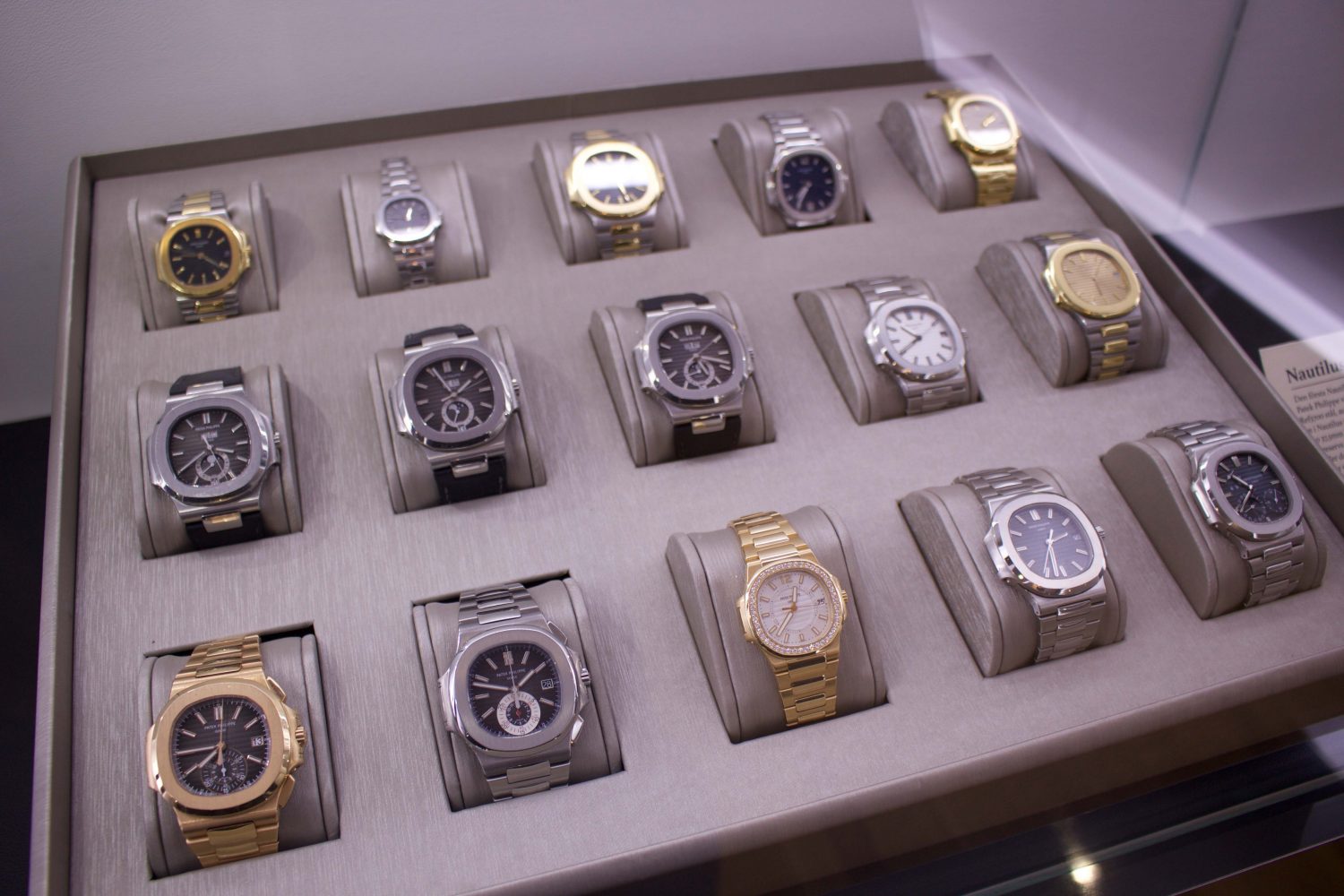
Reasons Why Watches are so Expensive: Why are Watches so Expensive?
Watches come in all sizes and shapes. Maybe the most important is that they come in all price categories. And it is probably no secret that a $20 quartz watch can keep time better than a $60000 Rolex, and many other luxury watches for that matter. So if cheap watches can, in many cases keep time more accurately than luxury watches, aren’t they ”better”? But the most interesting question is if this is the case, why are watches so expensive?
Now, there are watches within all price points, but what exactly is it that makes luxury watches so expensive? This is a question that is constantly being asked because in particular those who do not know watches very well cannot understand and justify how a tiny object such as a watch can be so expensive, but answering this question is not just a straightforward answer, so in this article, we’ll share all the main reasons why watches are so expensive.
Expensive, costly, over-priced?
It’s crucial that you understand the difference between these two when looking at luxury watches. Many people describe things that cost a lot as ”expensive”, but expensive is a word that is used to describe things that simply cost too much and cannot justify their price. And yes, if you do not know the reasons why watches are so expensive, naturally you’ll think they are expensive, or over-priced, in a negative sense.
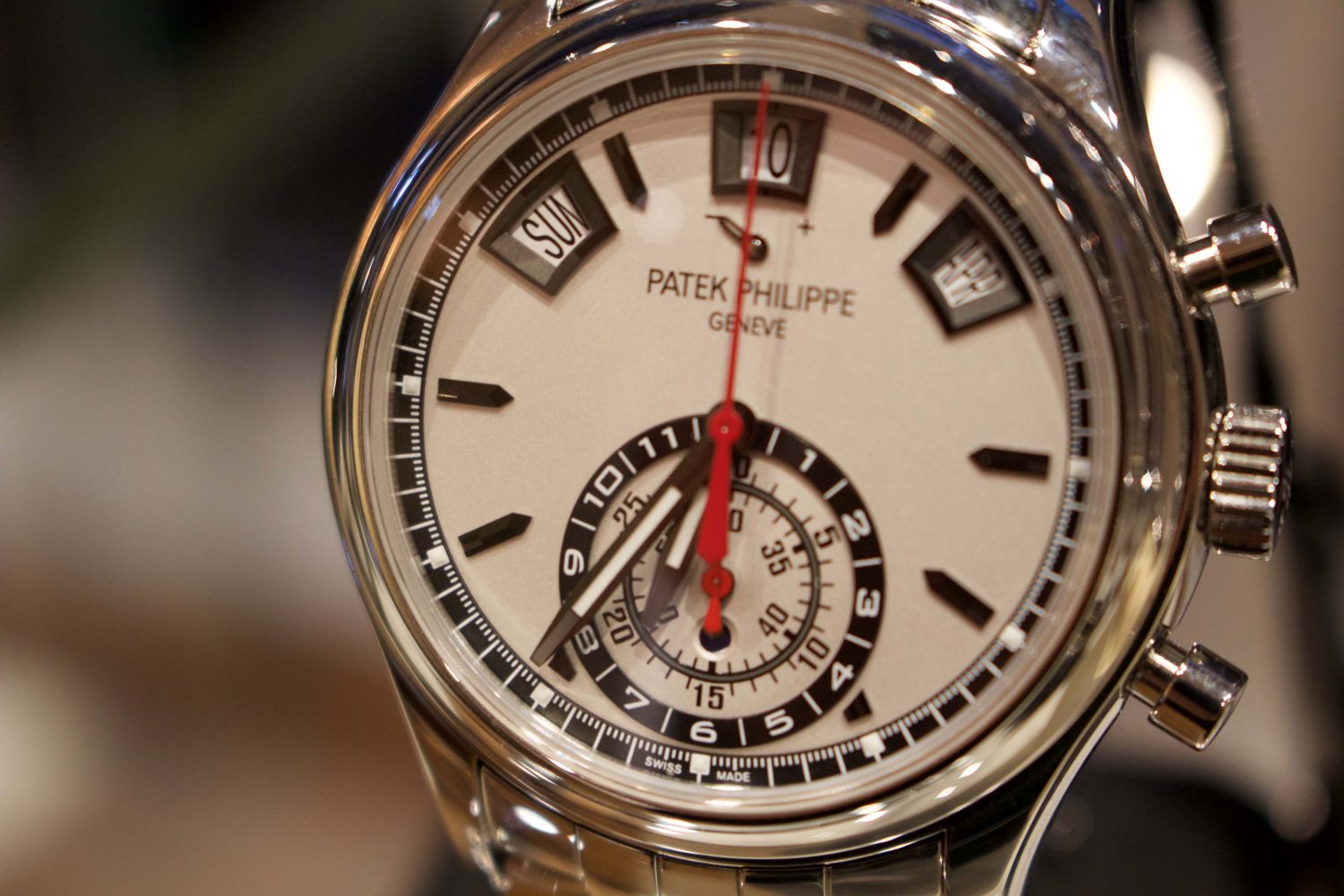
Therefore, if you fail to see the value in a watch or any object for that matter, you’ll naturally see it as overpriced, even though someone else who sees the true value in an object may even see it as cheap. Over-priced watches tend to be the watches that have a price tag, which cannot be justified by the things that we’ll lust in this article.
This is why, in this article, we’ll share some of the top reasons for the high price tags of luxury watches, so you can get a better understanding of what it actually is that makes them so expensive. Do note that in this article, we’ll be focusing on mechanical watches, since this is what the majority of the luxury watches are.
It’s no revolutionary thought that luxury items are expensive. This is what you would expect from a luxury product, but why is it that luxury products are expensive? Now, the interesting part about the difference between expensive, cheap and over-priced has a lot to do with perception. And as someone who is into watches, it’s something that you constantly come across, with people who wonder how you can possibly buy a watch for thousands of dollars, and at the same time, they themselves spend thousands of dollars on expensive wine and can justify that.
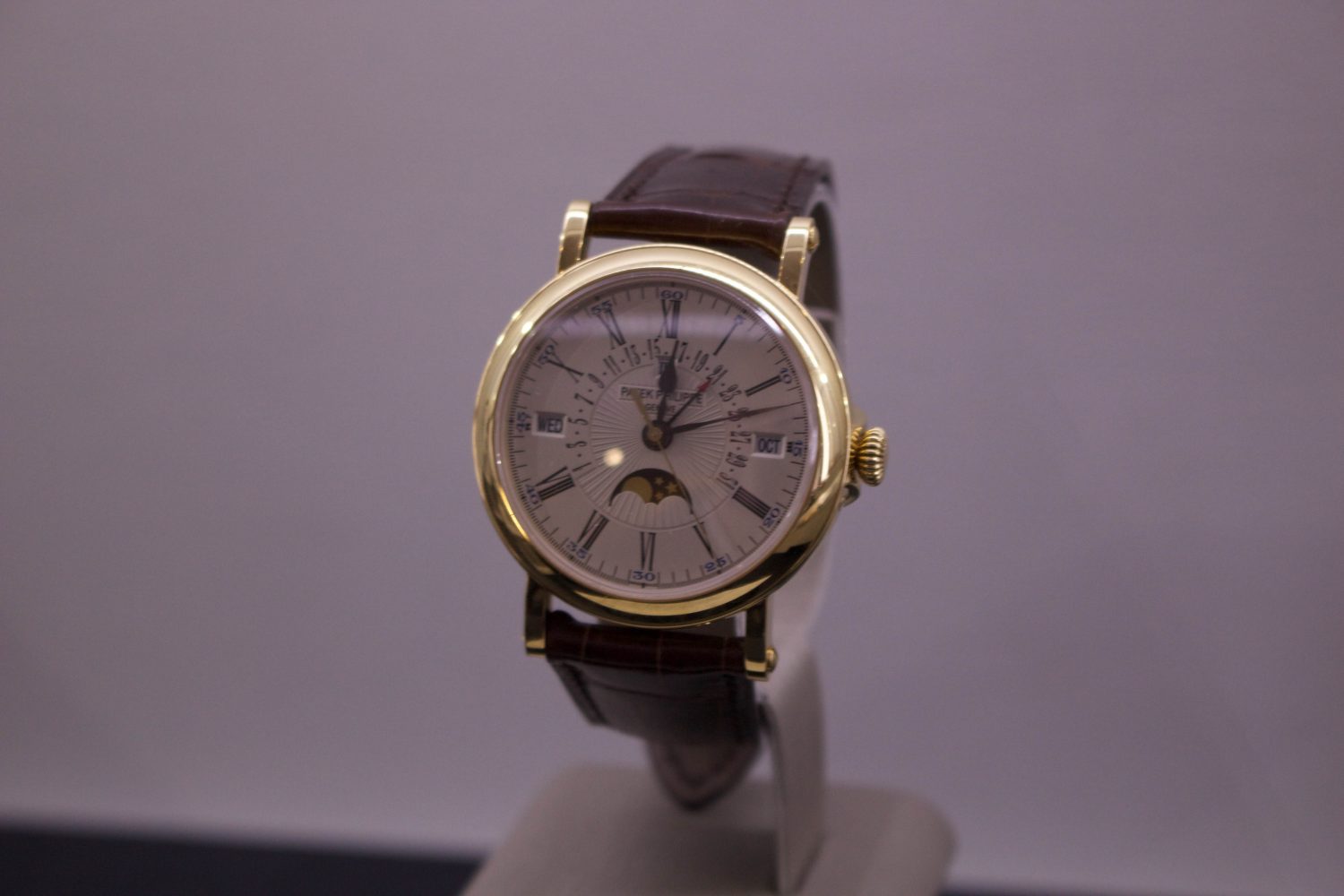
The answer is that it is all about how a person perceives value. What one person sees as something that brings a ton of value, will naturally be something that the person sees as ”cheap”, and what another person may consider cheap, someone else considers insanely expensive.
So at its core, perception about price has a lot to do with the question ”do you see the value in the watch, and does the value that the watch offer reflects the price that it costs?”
So if you fail to see the value in things, you’ll consider the item expensive, if you do see the value, you’ll consider it cheap, or at least ”worth it”.
Remember that there’s a huge difference between the questions ”why are watches so expensive?” and if they are overpriced?
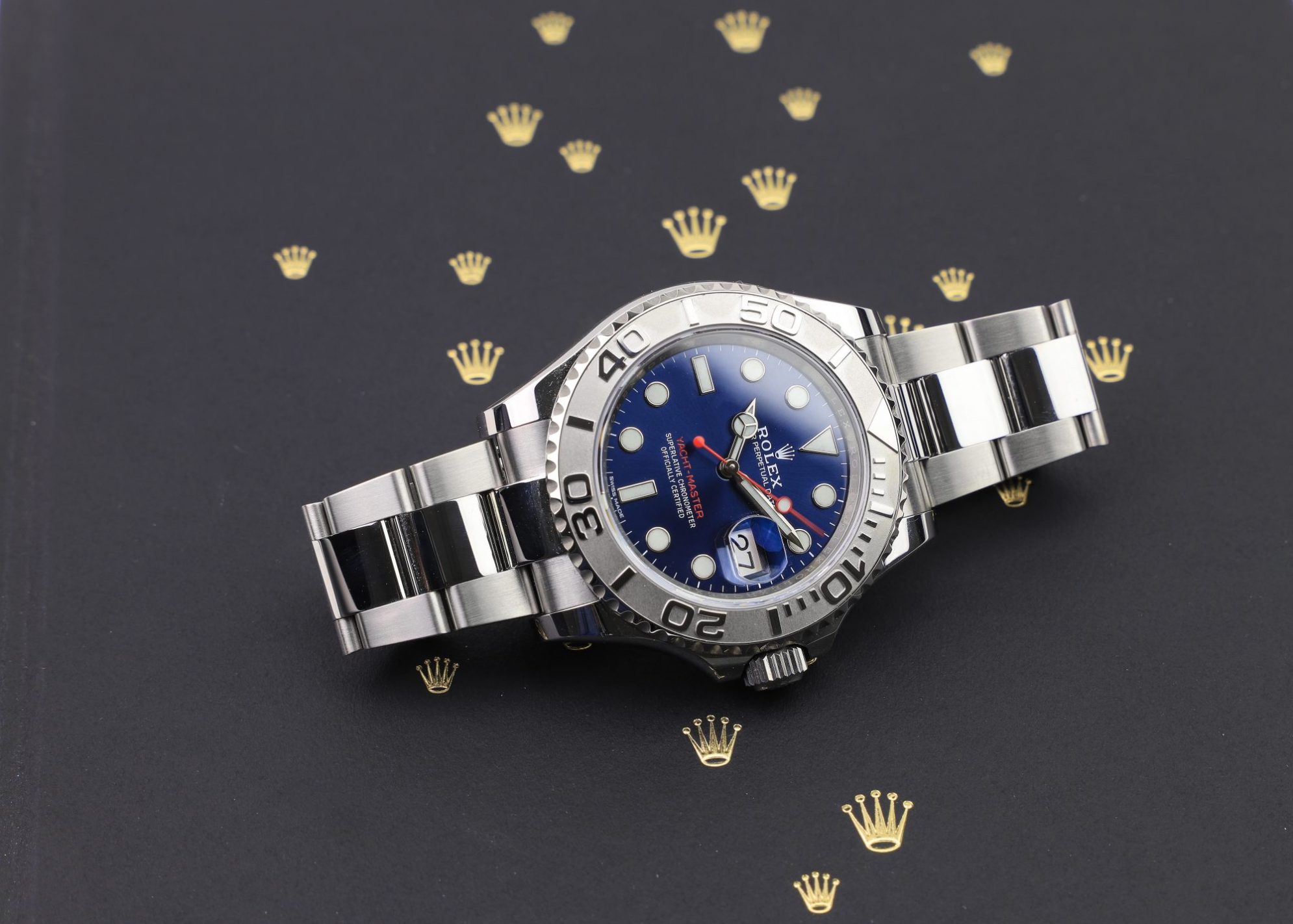
1. Development
It’s important not to understand that despite watches being small, they’re advanced things, and these are not invented in a day.
Luxury watch brands have their own research and development departments that work with developing new models, new materials, etc.
Developing a new movement, in particular, is a tricky task, and making a movement made up of hundreds of parts to stay accurate, keeps beating, and is everything else that it needs to be is quite a challenge. Especially since watch movements are so tiny.
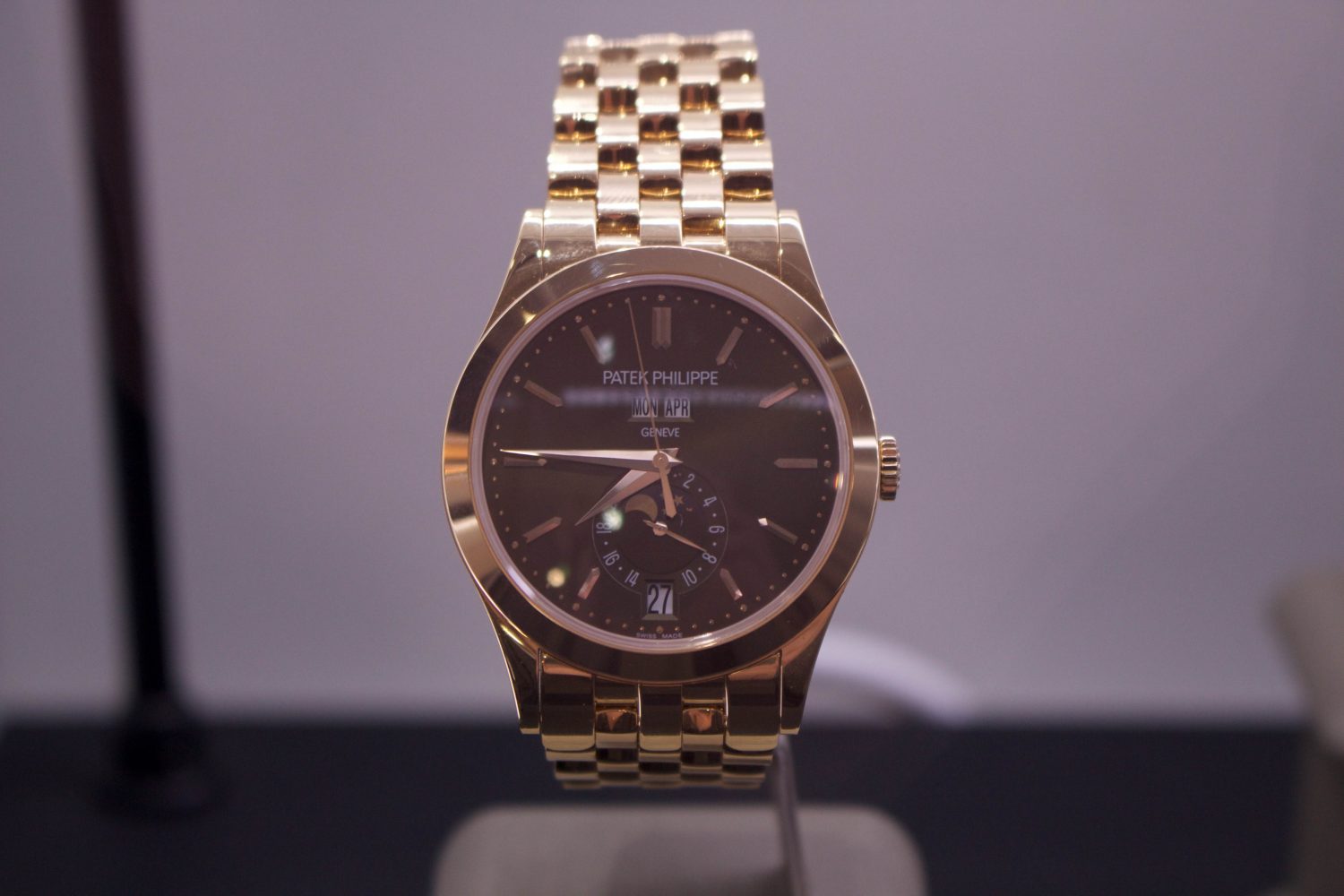
Brands often say how long it has taken to develop a new movement, and in most cases, we’re talking about years of development and research. This is particularly interesting since watch companies really don’t need to develop new movements. They could simply satisfy with the existing innovations or even off-the-shelf movements, but because they constantly want to innovate and make new movements that are better and which meet their needs, but also be able to show that they never compromise and that they always try to push boundaries. In doing this, they invest millions of dollars, maybe even hundreds of millions of dollars, only in the development of new movements and other elements for their watches.
And developing watch movements is certainly no easy task. In doing this, you need highly skilled people, which includes watchmakers and other engineers who know their craft. Not a lot of people have the skill and expertise in order to do this. And the more complications and the greater of innovation that a watch company is looking to do, the longer it’s going to take. Take Patek Philippe’s Grandmaster Chime Ref. 5175R. This watch costs $2.6 million, and while that is a hefty price tag, looking at what went into it justifies it a bit more.
Developing the Grandmaster Chime took 8 years, and the movement of the watch features a staggering 20 complications in 1,366 parts, of which two of the complications are the first of their kind (world’s first). Developing the case of the watch took 4 years alone and it has a staggering 214 components.
With that said, having skilled engineers and craftsmen and women work on a watch for more than eight years and paying their salaries and everything that they need, such as materials, offices, electricity, and everything in between is a great investment for any company.
Everything about a watch takes time to develop for real luxury timepieces. Sure, once they have been developed, assembling and making them may only take one or a few hours for many luxury watches, such as a Rolex, but on the flip side, developing a new caliber for a new, watch, that meets the specific needs of that particular watch, for example, the Rolex Explorer II, can take years.
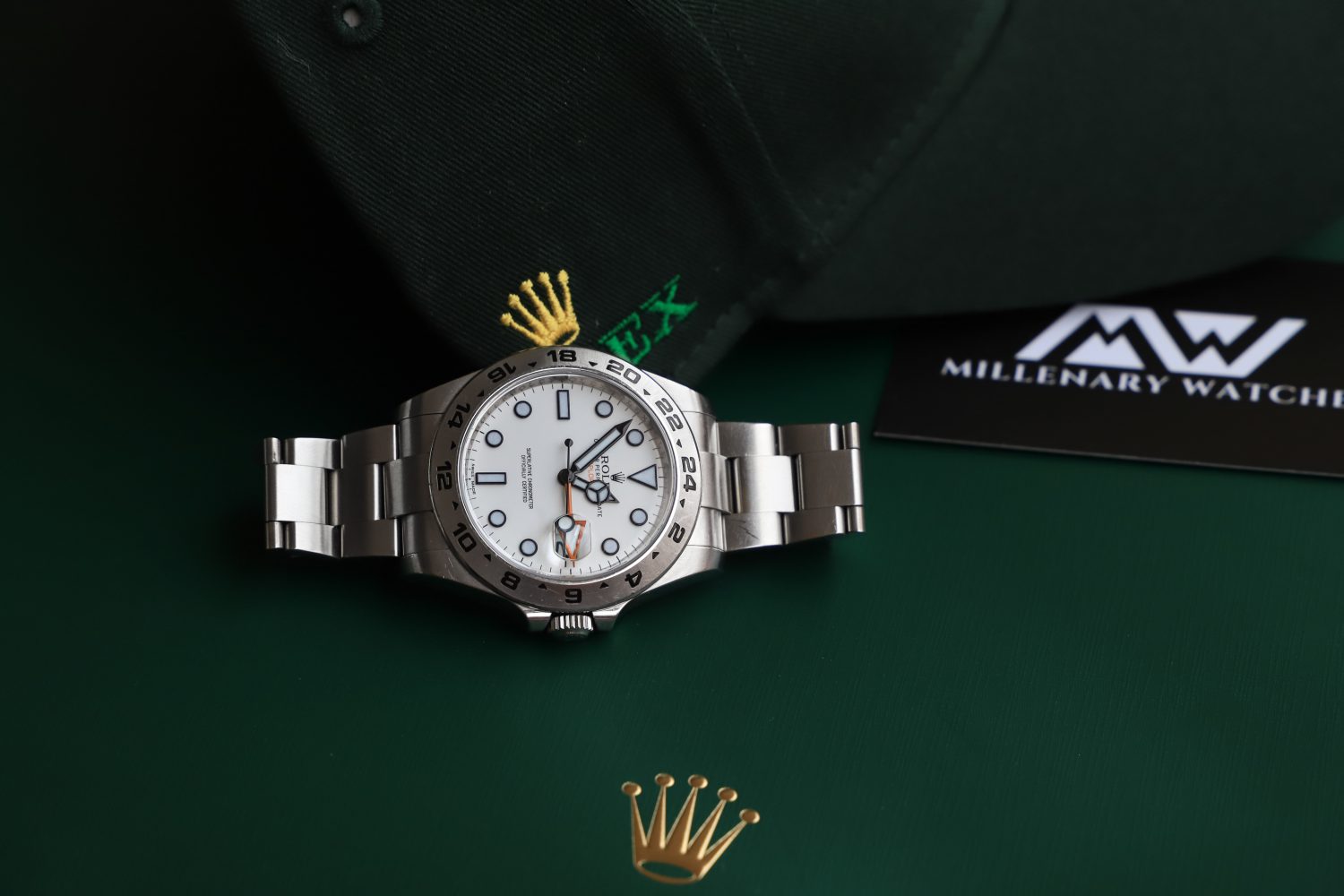
Furthermore, while the mechanical movement is always the thing that is the most complicated and advanced part, the watch itself is also something that has been carefully developed and probably taken more than a year to design and develop, with small details such as typing on the dial, color, design, materials, and more being carefully considered.
In fact, months can be spent on things like the color of the dial, simply because of the fact that the opportunities are endless, and choosing a color is, believe it or not, a huge decision that can have a huge impact on the success of a timepiece. So, therefore, when you’re looking at a luxury watch, you’re probably looking at a watch that has been in development for at least three years, and that a large number of people have worked on to make into a reality.
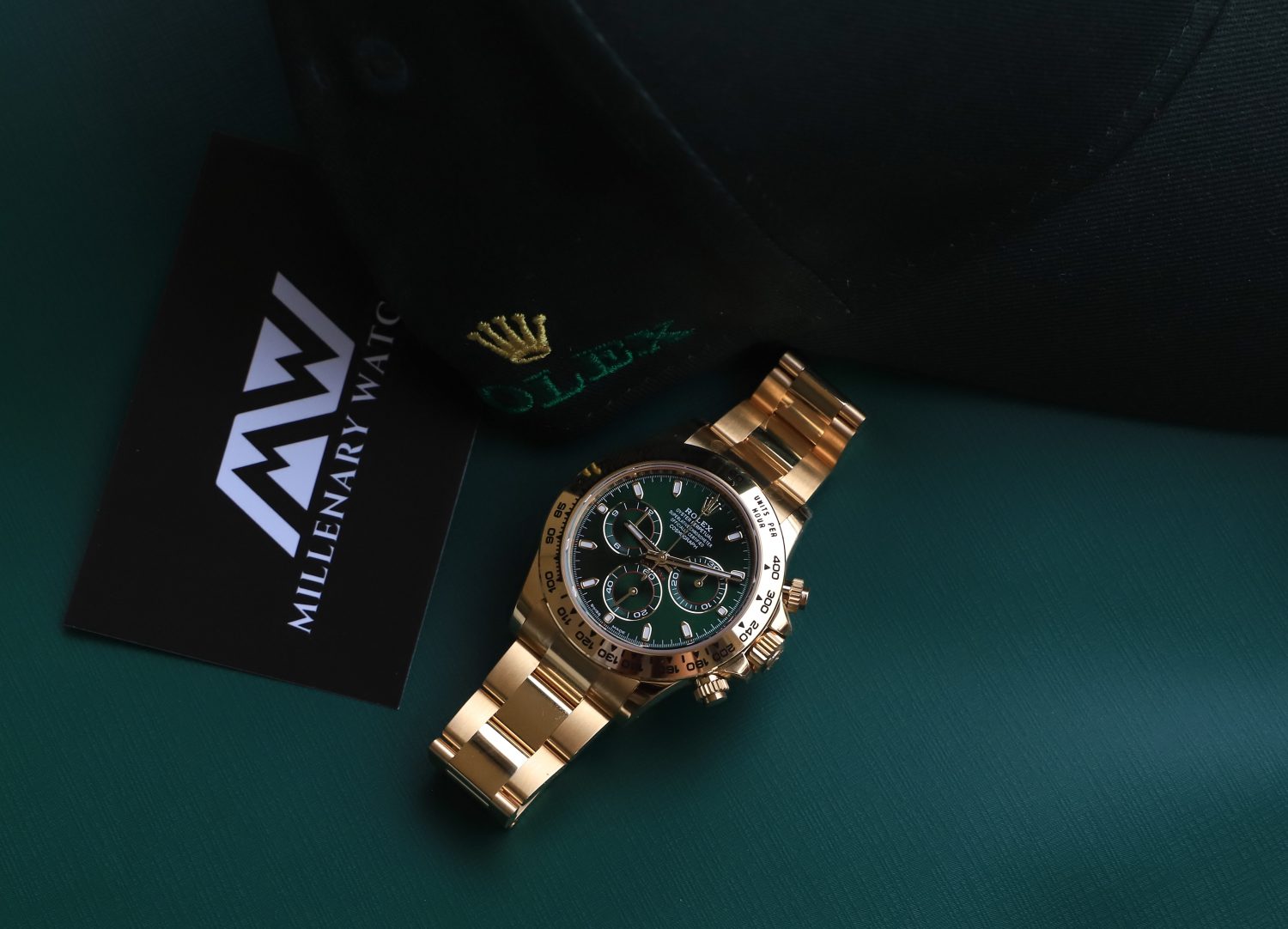
So when you’re buying a watch, you buy an object that countless working hours have gone into making it a reality, and which has demanded tons of research, development, and innovation.
Furthermore, you’re also buying into the history and the heritage of the brand, making yourself a part of it.
2. Hours of development
This ties into what we mentioned above, but it is important to have in mind that, when saying that developing a watch took several years, it’s not just about the fact that developing it took a long time, but it is also the fact that doing so meant expenses for millions of dollars for a company.
First off, the company needs skilled people, in particular when working with things like developing a caliber, and since there aren’t a lot of people who have the expertise needed, naturally, they have a higher salary. Furthermore, it’s rare that only one person works on something.
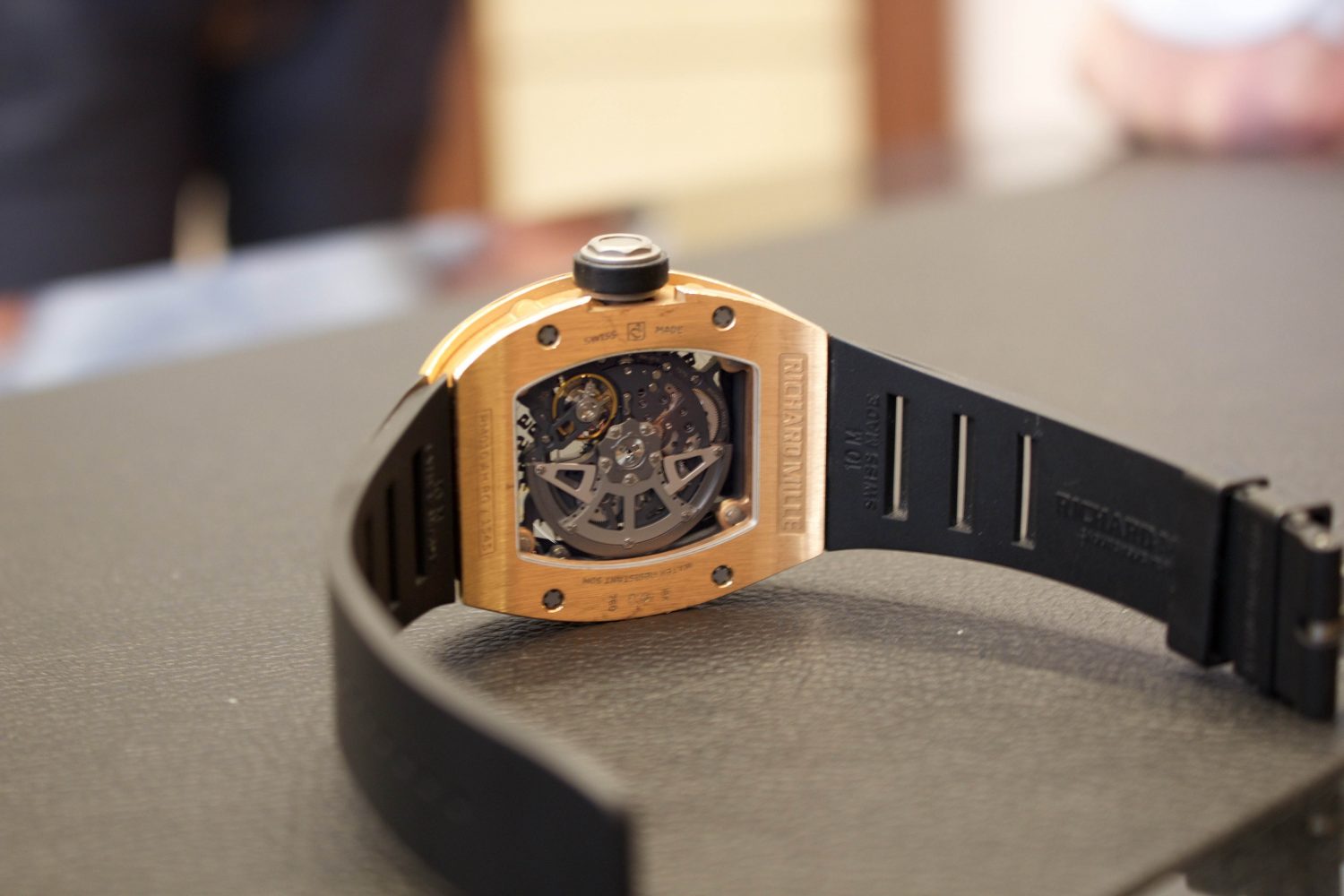
The team who are going to develop a movement may consist of 10, 30, 50, or even more people, who all work on a single thing at the same time, and as a company, this means that before you have a finished innovative product, whether it be a complete watch or just a movement, you’re essentially taking a great shot, and if everything fails, the company will have paid millions of dollars, and gotten nothing from it.
And with high risk comes high reward, so one reason why watches are so expensive is that it’s an expensive investment for companies, which they, in fact, don’t know if they’ll get back. It may even be the case that they develop a watch which no one wants.
3. Good movements are expensive
Now, taking away the developing cost of a movement, good and advanced movements are actually quite costly.
And it’s important to have in mind that there is a huge difference between the battery-powered movements of cheap watches, and the cost of a good mechanical movement, whether you buy movements off-the-shelf or produce them in-house.
Most luxury watch brands make their movements in-house because doing so adds another layer of appeal to a watch. Many people compare watches that have externally produced movements to luxury cars with externally made motors. For example, it maybe doesn’t feel very good to hear that your Mercedes has an Opel engine, right?
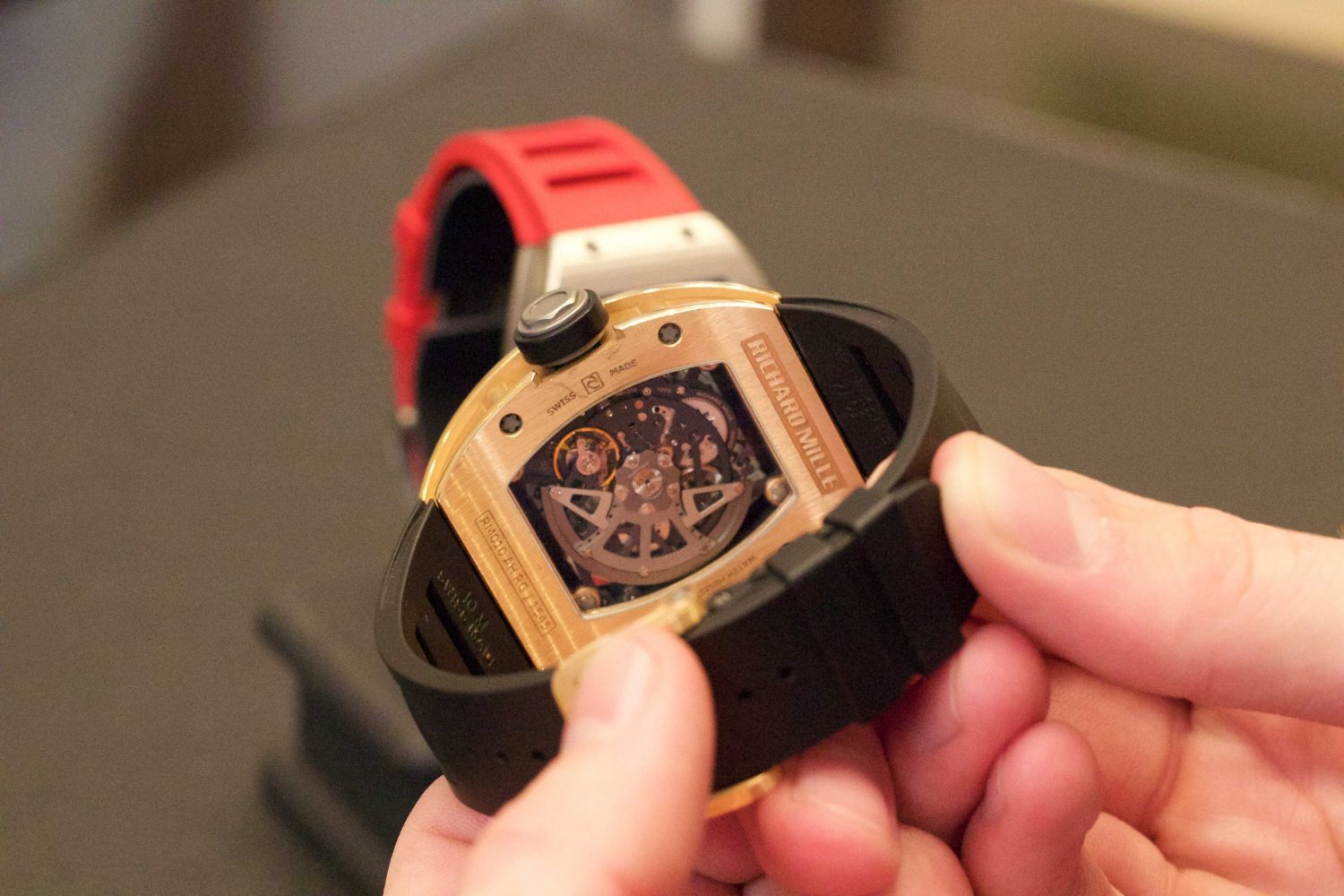
Making movements in-house as a brand is appreciated by customers and watch enthusiasts because it shows that the brand goes above and beyond and that they take the art of watchmaking seriously.
And if you make your movements in-house, the cost of the movements becomes quite high, because you need to have skilled watchmakers, you need to have good workplaces, and so on and so on…. And buying a good mechanical movement externally may be cheaper than making your own, however, these movements have still been made by a skilled watchmaker, and this means that they won’t come cheap. In fact, buying a basic ETA movement will still cost a few hundred dollars. It’s hard to compare that with a cheap quartz movement from Japan, which many cheaper watches use, which costs only tens of dollars.
Now, these are just for basic movements, but if you are to look at complications such as a tourbillion, it’s a completely different story, and making a movement like that, with several complications can very well cost several thousand, or even tens of thousands of dollars – just for the movement.
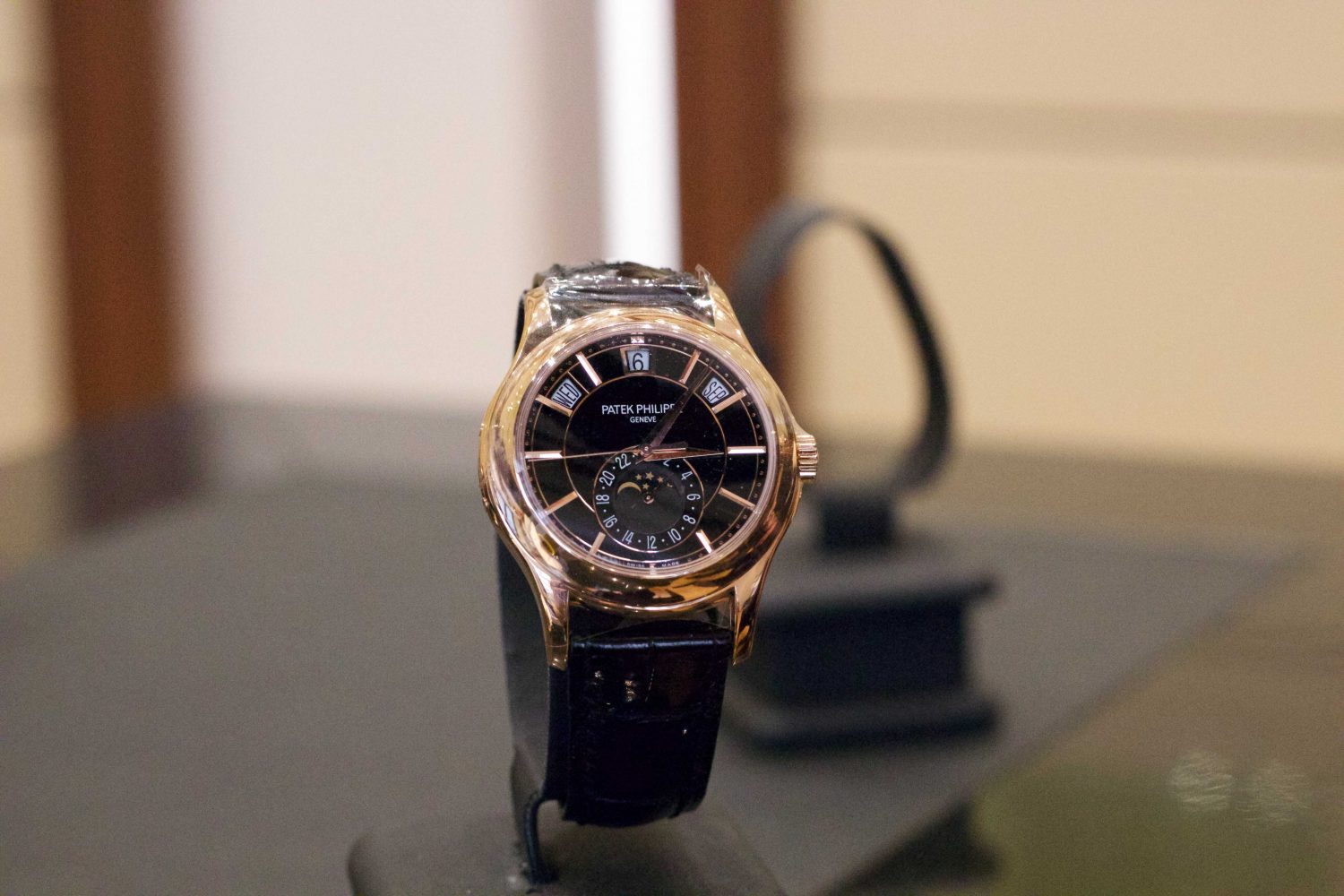
Also, some watches that are particularly advanced, such as Patek Philippe’s watch, or other advanced watches, are often made in highly limited numbers. This is partly because having a large stock of these expensive movements (and watches) just sitting around due to overproduction is a dangerous situation to be in.
This brings us to the next point.
4. Limited production
Luxury items are known to often only be made in limited numbers, and the thing is that, as already mentioned, making an advanced mechanical movement is actually difficult. One of the reasons is that you need skilled craftsmen who can make and assemble them, and say you would need fifty watchmakers more in order to manage the increased demand, getting these in time is actually not an easy task. Unlike with other things, you cannot just ramp up the production when the demand increases, because there are simply not enough resources. And the fact is that a huge demand and a low supply is actually something that isn’t completely unattractive for a luxury brand because when you have a greater demand for something than what is available, the brand will grow in people’s eyes, and become more sought-after.
And as you know, there’s a clear correlation between low production and high prices when it comes to the luxury industry. You can either choose to mass produce your items and have lower prices, or, you can keep your production at relatively low and stable levels, and then increase your prices because doing so ensures that the brand’s reputation is strong and well-regarded.

Overall, luxury watches are limited in production. Rolex, for example, keeps it production number at around one million, and this is very interesting, because Rolex does not release any ”limited edition watches”, but more so makes its watches, and then discontinues certain models when they come up with updated models or when the watch doesn’t fit in Rolex’s lineup of watches.
On the flip side, many luxury watchmakers make limited edition models, for example, 500 pieces, or 3000 pieces, and naturally, just like with most things that are limited edition. Naturally, limited edition watches tend to cost more than regular watches, because developing a watch costs a lot of money, and if there are only X number of pieces made, the cost of development has to be divided between fewer pieces, compared to if there wouldn’t be a limited number of produced pieces.
And many watches are expensive (and limited) for these exact reasons. Because it is so expensive to have a stock that you cannot get rid of (in particular with expensive watches), it increases the demand and exclusivity of the watch (people have fear of missing out), and lastly, the fact that the production and development cost has to be divided across fewer timepieces.
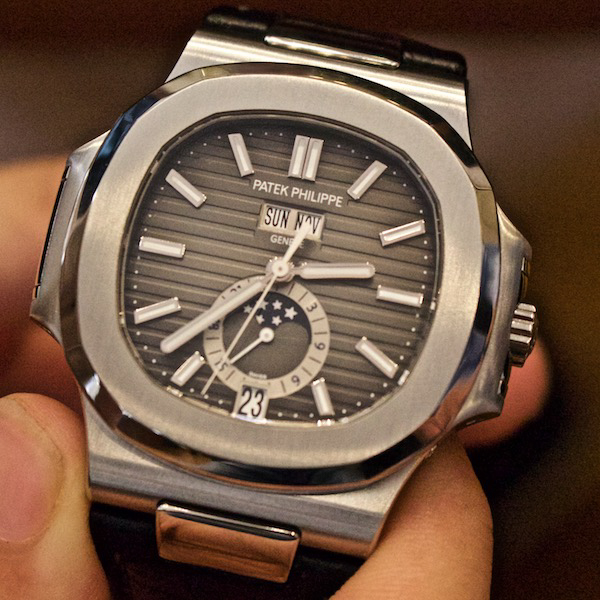
And even if a limited edition is built upon an existing model, with subtle changes made, these changes may still be expensive to make, since many people work on coming up with a limited edition concept, and getting parts, whether it be buying externally, or changing the whole production chain can be a complex process, especially for a large company.
Also, this does not just go for limited edition timepieces, but many other watches as well. We humans always want what we cannot have, and if luxury watch brands have a limited production, it will mean that getting a hold of certain timepieces will be increasingly difficult, in some cases Impossible, and at the same time, since people will become more ”desperate to acquire one”, the brands will naturally be able to increase their prices without the demand for the watches decreasing. This sounds like a very clever business strategy, right?
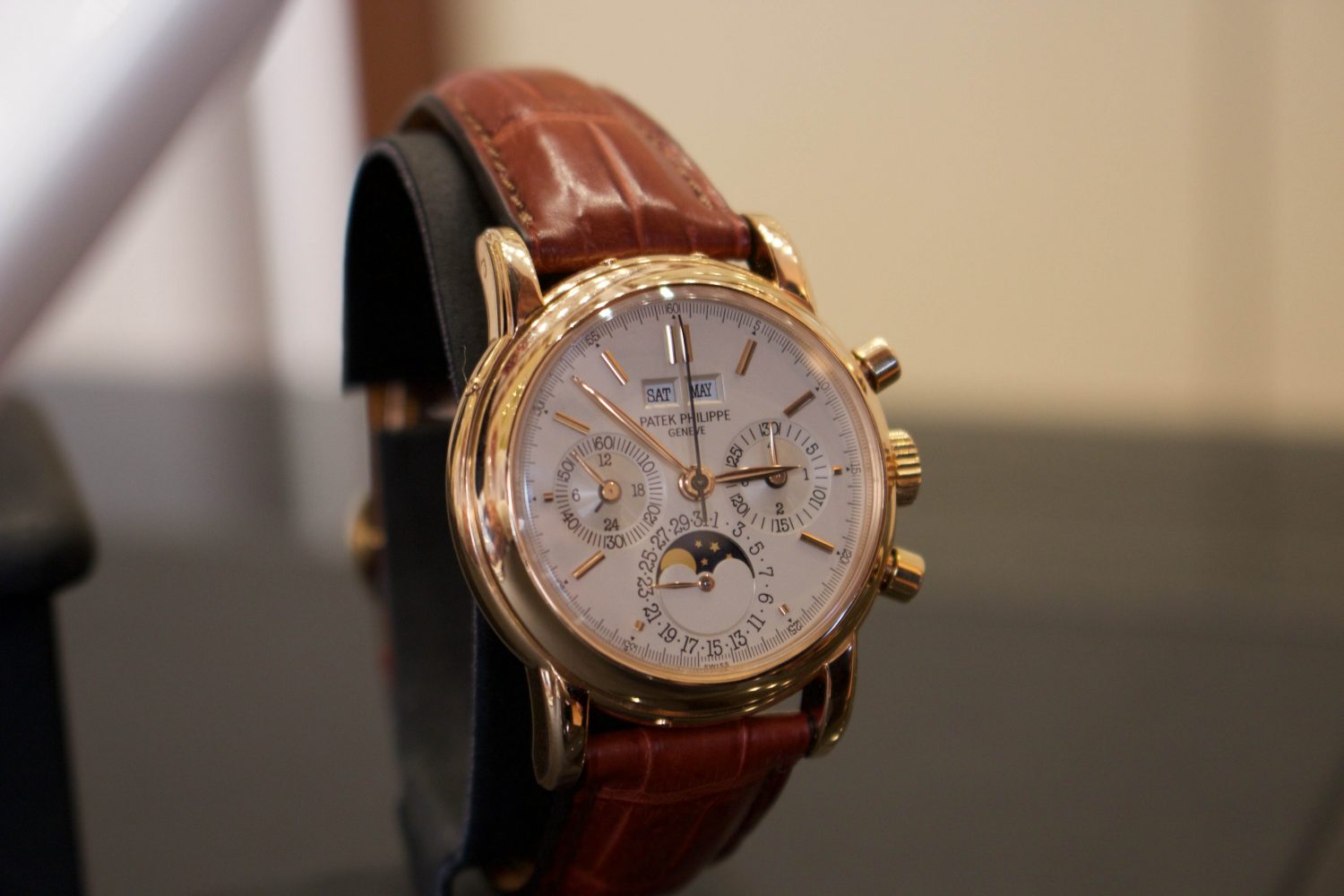
Decrease production, increase prices, and still have increased demand. Also, when getting ahold of an item gets harder when the customer finally gets the product, they tend to value it more, and this is a big deal for luxury watch brands because it contributes to making the products more sought after. And as a luxury brand, having products that are sought-after is obviously the number one goal. This is similar to Hèrmes Birkin Bags, Kelly Bags, and so on…
They may not be limited edition, but they are extremely limited in production, thus making them extremely difficult to get a hold of, which as a result makes the prices skyrocket in the secondhand market, thus increasing the demand at the official retailer even more.
The brands don’t want to have a bunch of watches that no one buys, and at the same time, having an underproduction of watches has proven to have a very positive effect on luxury watch brands.
As such, limited production and exclusivity are two reasons why watches are so expensive.
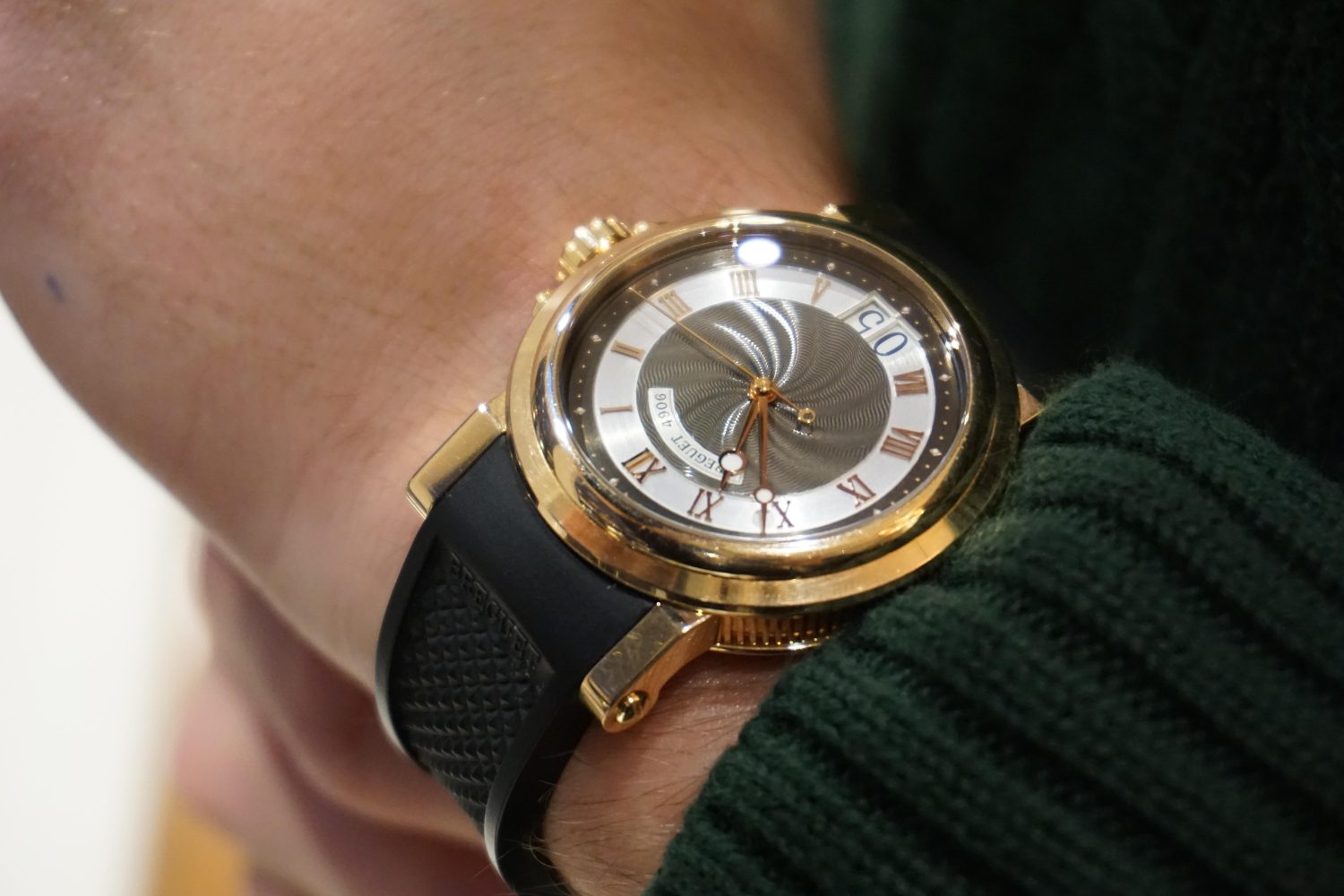
5. Complexity which only a few people can manage
Making watches, and in particular, movements, is a complex process that demands great skill, however, some movements are beyond most watchmakers’ skill levels – take for example the complicated Grand Chime by Patek Philippe, with more than a thousand parts.
When it comes to these extremely complicated watches, there are only a few people in the world who have the extreme skill needed to make these movements, and as a result, the production cost gets very high, and this is ultimately something that the end consumer has to pay the price of.
Becoming a watchmaker at a famous brand is a long process, and as a result, watchmakers tend to have quite a good wage, and in particular the most experienced and skilled watchmakers.

6. Brand
When talking about luxury watch brands and the reason watches are so expensive, we obviously cannot neglect the brands. Humans want to have brands that stand for something, and that people know about. But maybe most importantly is the fact that, while some people buy watches solely for the sake of the brand and for the prestige that comes with everyone knowing what watch they wear, other people buy a particular brand because they know the history of the brand, what they stand for, and the attention to detail that they put into their products.
As such, there are two reasons why watches are so expensive when it comes to particular brands. First, we have the fact that everyone knows about the brand, and thus buying a product that is known as luxurious and sought-after, and which few people have, makes people also willing to pay more just to buy into the acclaim that comes with other people knowing what’s on their wrist. Humans are social creatures that want to acquire respect from peers, and in some social circles, a luxury watch will give them that.
The second reason why the brand matter is that they stand for different things, and this can also drive up prices. For example, when many people hear Rolex, they think about the best luxury watch brand in the world, and while this is not the case, the clever marketing of Rolex has made them think this way, which also results in them being able to charge premium prices.
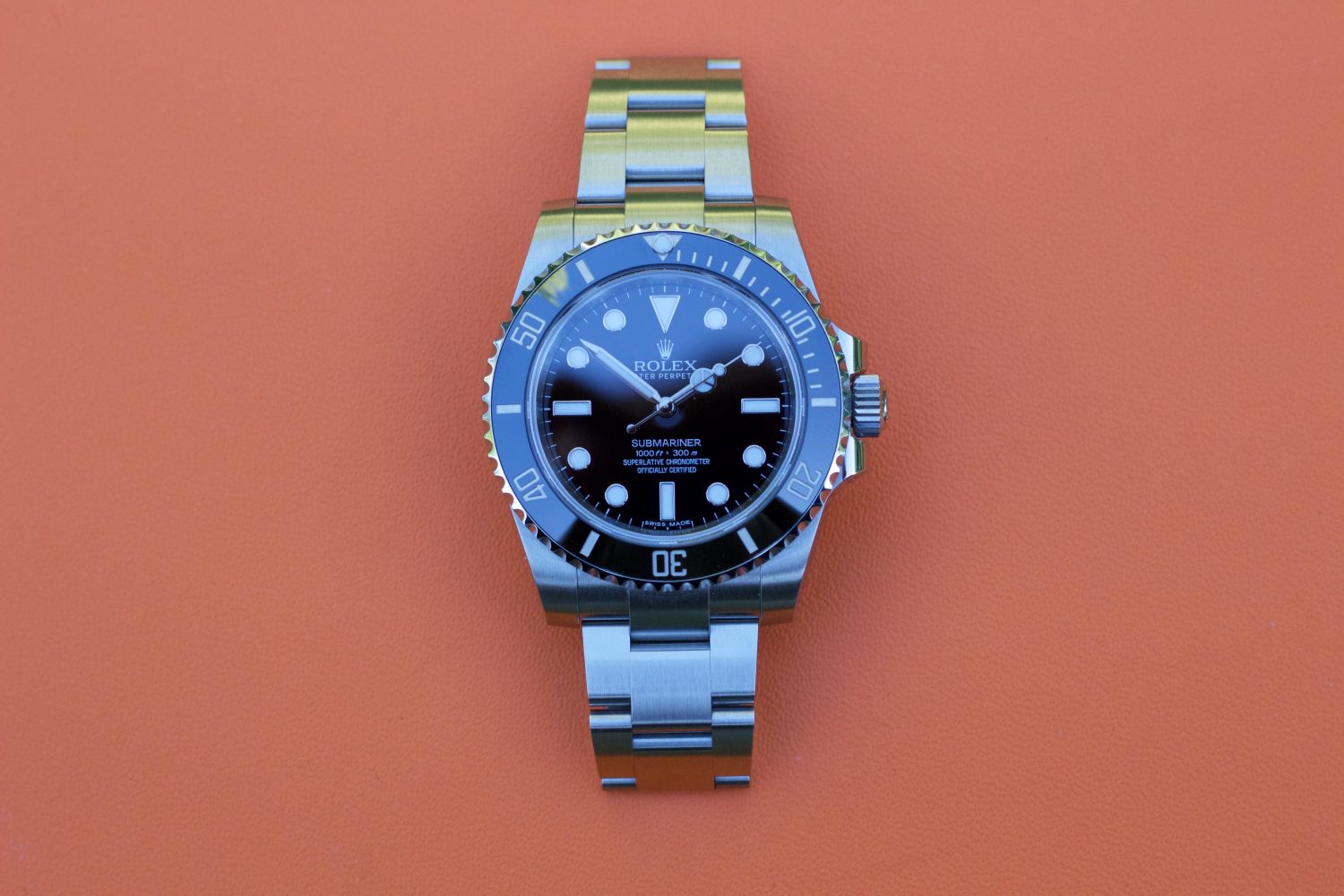
Additionally, we cannot neglect the fact that many people want objects that increase their status, power, respect, and other social elements among other people. This is of course not true for all people who wear a luxury watch, instead, this tends to be the truth for people who solely buy watches based on brand, and nothing else.
When talking about people who are truly passionate about watches – watch enthusiasts. The brand means something different to these individuals, and therefore, they will be prepared to pay more for them. For example, when thinking about Patek Philippe, those who know the brand think about a brand that never compromises on anything, and pays extreme attention to detail, which means that the customer can be sure that they’re getting an amazing, high-quality product that is a true piece of craftsmanship.
7. Luxury brands work hard to become more luxurious and exclusive
This is an important factor we cannot neglect. This doesn’t just go for luxury watch brands, but the whole luxury industry.
The way you operate a luxury brand is quite different from the way you operate a regular business.
I’ve already touched on some points earlier, with the fact that you are not focusing on selling as much as possible and producing as much as possible, but instead, you also focus on building your brand and making it more exclusive, because if you’re a luxury brand but have no real reputation, you’re just a brand with high prices.
This is why, high prices, but also the way a luxury watch brand is operated are two important aspects, that lead to increased demand, but also higher prices.
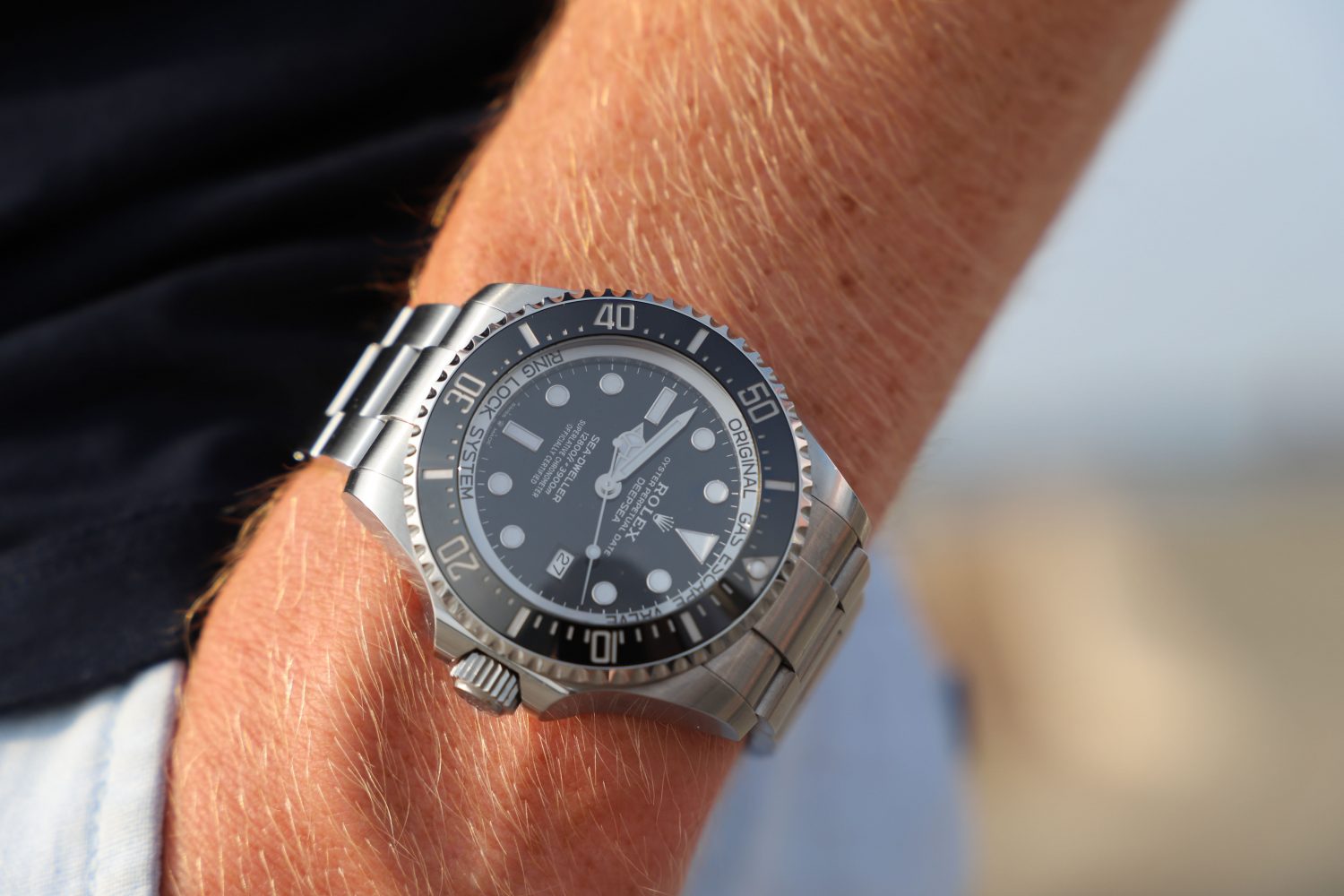
For many people, a luxury watch is a symbol of true success, and therefore, it’s many people’s goal to one day own a nice luxury watch.
The two most important and defining traits of luxury watch brands are exclusivity and a reputation of quality. People buy luxury products because of the brands, but they are prepared to pay more because of the idea that they get great value for money – both quality, but also prestige.
8. They’re expensive to make
We’ve already touched upon this briefly already, but let’s sort out the truth about the production costs of luxury watches.
Now, the truth is that when talking about cheap watches, in particular, fashion watches, you’ll be surprised that these have a margin that is many times greater than that of luxury watch brands. Sure, luxury watches may cost more, but percentage-wise, fashion watches win the competition many times over.
For example, a Tommy Hilfiger watch sells for about $160 dollars. But if you are to look at the sole production cost of the watch, which many people like to do with luxury watches, the production cost of such a watch is in fact only a few dollars. 10 dollars at max. That’s an insane markup.
Luxury watch brands don’t come anywhere near that same markup. Also, it’s crucial to understand that for luxury watches, it’s not just about the material cost. There are so much more costs to making a luxury watch that you may not think about. First off, there’s the design, which demands a large team of designers to come up with a design that people will like. Then we have the development of new materials and parts needed for the watch, take for example Rolex’s unique Cerachrom bezel, then we have the many years of developing the movement, then we have the actual production of the movement by a skilled watchmaker, and so on, and so on…

Making a luxury watch is far from cheap – even if it’s not a limited edition. Furthermore, we cannot forget all the other additional costs of distribution and selling. First, the brand wants to make a cut from the production cost, then, the product has to be distributed across the whole world to retailers, and this means shipping costs, but most substantially, customs and taxes that further drive up the prices for the end consumer. Then, we have the retailer which has to have its employees, a store, and obviously needs a margin. In fact, it is the retailer which has the highest margin on luxury watches. Often roughly 50%.
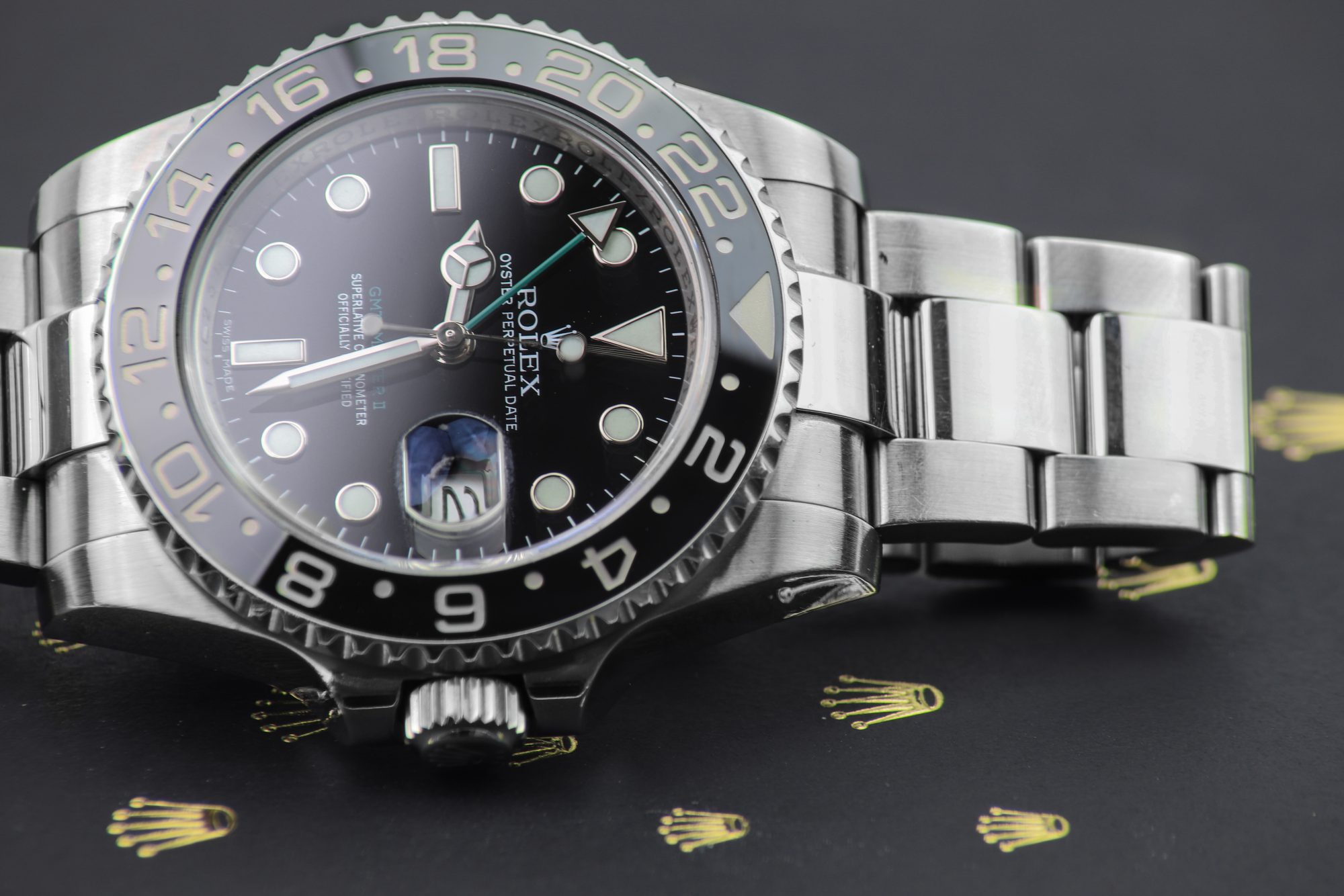
So with all of these costs and things that need to be financed, from the manufacturer all the way to the end of the chain where the customer buys the watch, the price tends to increase a lot during the journey, and for consistency reasons, most luxury watch brands have more or less the same prices no matter where in the world you are, so if you think that buying a watch in Switzerland is cheaper because the watch doesn’t have to go pay any customs or be transported long distances, etc, that is not the case, because it will cost essentially the same. The only difference is that the manufacturer (watch brand) will earn a greater margin.
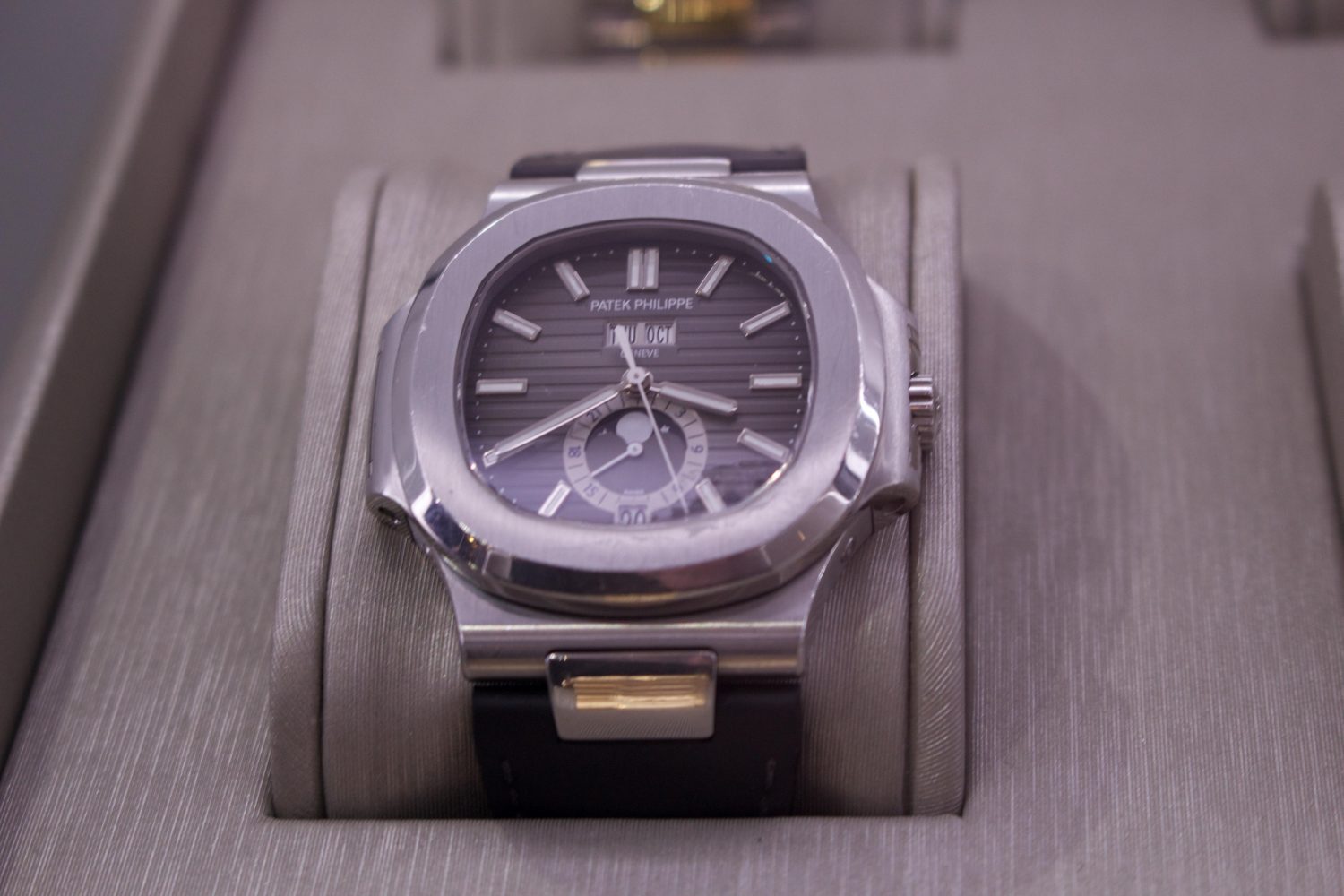
9. Markups
Okay, so it’s no secret that even though luxury watches are expensive to make, they have quite a good markup. But obviously, a markup is needed for the survival of a brand. Because the thing is, all the money made doesn’t just go into the pockets and disappear, but a lot is actually reinvested back into the business, because, as mentioned earlier, developing new products is expensive for a watch brand, but at the same time, it’s a crucial part of a watch business in order to continuously release new, innovative and revolutionary products on the market.
And because there are so many steps and ”middlemen” getting the watch from the manufacturer to the customer, naturally, the price will increase quite substantially.
Now, have in mind that there is a huge difference between gross margin and net profit from a dealer’s/retailer’s perspective, since they have to pay rent, commission to the person selling, interior, heating, and so on… But this is a completely different story.

Conclusion
When it comes down to it, the question of “Expensive or cheap” will always be highly subjective. What some people consider well worth the money is something that people would never dream about doing.
The same goes for watches. Of course, there are some things that are clearly overpriced, but again, what affects whether or not something is “worth it” is your perceived value of that watch.
First, you can begin by looking at the more objective things, such as quality, reliability, craftsmanship, etc. Secondly, it’s a good idea to look at the secondhand market to get an idea of the general perceived value by the market of that specific product. The resale market can tell you a lot about how much people are actually willing to pay for it, and thus, in the crowd’s eyes, the value of that product.
There is an endless number of things that affect a watch’s price, with everything from the brand, material, reputation, and so on. The real question is, can you justify the cost of a specific watch based on what you are getting? If yes, then you should probably get the watch. If not, you should probably start looking at other watches.





I get that extremely complex movements have great skill in creating and the people crafting these probably get paid legit wages for their skill. However, while I see a 50k Tourbillon or some grand complication as a ridiculous amount of money the craftsmanship is worth that high price tag especially considering many of these watches are produced in numbers as little as 10 watches and as high as 25 total! I also understand that watches coming in gold, white gold, rose gold or even platinum will naturally require a higher pricetag.. But,
And this is a huge BUT.. you nor no one else “in the know” can justify Rolex(I’ll use as example Bc it’s well known) creating simple date or day date movements sat in stainless steel casings and get prices anywhere from 8k-18k lol. I’ve been inside Rolex watches and even the new one’s may as well be “modified” eta movements. Nothing complex or even in house about them . But Rolex isn’t the only one.. There are many watch makers out there doing virtually the same thing. You can get a Steinhart dive watch in stainless steel running an ETA movement for $550 and beside a Rolex it’s clear some of these brands really aren’t about “performance” or “passion” or “being the best” at all. They want as much of your cash as possible whether deserving or not. Then you can also use the argument of “well their advertising and R&D”. 1. Rolex is nearly a billion dollar company and doesn’t need to dump that sort of money into their brand now to be known. In 1980? Sure! But everyone knows Rolex not because of their great watches.. But because of all those ads. It’s overkill in 2021 and only exists to once again.. get as much of your money as possible. They care not whether you’re wearing their watch or not as long as they are getting 10k for something you could easily grab for 1,500 that displays a different brand name. Secondly.. the argument of R&D.. Rolex hasn’t released anything new in my lifetime.. Sure, they will create a new fancy dive name and make the thing a little bit bigger or change the dial color, but if Rolex is spending money on R&D they are getting completely screwed. Period. Rolex don’t have people sitting in house developing a brand new triple tourbillon. In fact, I’m not sure they even have a perpetual calendar. A standard chronograph is as complex as a Rolex gets. I think the luxury watch world hurts itself by these poor methods of business. Sure you’ll always have the select few who can afford a real deal Swiss or German tourbillon and you’ll have some watch makers crafting new movements every year, but let’s be honest.. A Rolex being worth 15k in SS is laughable. I’m not sure there is a standard movement watch on the planet dressed in SS worth more than $1,500 usd let along the average of the big name Swiss makers charging 3.5k to 5k..
Hi,
Thanks for sharing your thoughts and input. Very interesting read.
To each their own, and I’m sure some will agree with you and others disagree.
What we can say is that the Daytona is not Rolex’s most complicated movement, it’s the Yacht-Master 2 and the Sky-Dweller.
In regards to “justifying” their prices, it seems like they don’t have to. More models than ever are sold out and have waiting lists, and Rolex is more popular than ever. It’s safe to say that the Rolex brand is stronger than ever.
Kind regards,
Millenary Watches
While there is craftsmanship in these modern-day luxury watches, I have seen their movements and must say I’m not that impressed by their movements, and performance. I’m far more a fan of vintage railway grade pocket watches. Not only do these watches tend to have outstanding performance once serviced properly by a skilled watchmaker, but they can keep pace with any modern-day rolex. These watches were under strict conditions to operate at no more than +/- 30 seconds per week, and many were made to run within just 2-3 seconds a day. The craftsmanship and skill that was invested into these were easily the true golden era for watches in the USA. They didn’t simply make some flashy dial with gemstones, and to be gaudy, nor did they overcrowd the dial with date charts, and information that’s irrelevant to the majority of people. Ive seen plenty of dials that for me in the modern day were unreadable yet fetched some high price tag. The old simplistic to the point dials made of enamel and a timeless design are what love about older watches in general. Sure they didn’t do 6 different functions with 10 complications in their movements, but that’s because a watch in practice and functionality was created to tell time! When watch manufactures forget this and instead try to make them some flashy jewelry piece, or tries to make the watch do multiple things we step into the realm of overcomplication and as with all other items which modern day technology has had a hand in, once overcomplication begins the performance drops, it needs extra care, constant maintenance and holds a higher failure rate. Look at modern day cars compared to classic cars for the clearest example. I’ll happily take a pocket watch with history, charm, and plenty of hidden stories behind it which performs on par with modern day brands any day for a fraction of the cost over some modern day overcomplicated watch.
Thank you for sharing your experience and thoughts!
Kind regards,
Millenary Watches
This is great article! Thank you 🙂
The thing that bothers me so much about this explanation is the iPhone. That is a device that, every year, the company spends billions on research and development, just on the design of the device, before we even get into the tech inside. And then the electronics and feats of engineering that takes every bit of human ingenuity to be able to build. They have thousands of parts in them, some of which are only a couple atoms in size. They have all the same costs that you mentioned about watches, retail markups, customs and shipping internationally, advertising and sales. An iPhone only costs about a thousands dollars for the customer, yet watches can be millions. The only real difference is the exclusivity. So the only real reason watches cost so much is because they don’t make very many of them. So it is an artificial cost.
Hi,
I see your reasoning but would have to disagree.
Yes, brand will always play an important part, but Apple is a strong brand in the phone industry and thus also costs more than most others. But if you really look at how luxury watches are manufactured and the fact that they are not mass-produced in China, but rather by expert watchmakers in Switzerland, mostly by hand, then it’s clear that the level of detail and the time it takes to make a fine watch is a much more complicated and tedious process than making an iPhone.
Yes, the number of watches produced will play an important role in the price but because of the complexity of making fine watches, it is not possible to scale up the production to the same level as Apple with the iphone. There are just not enough watchmakers and many other challenges along with that. The watchmakers are not able to produce watches faster and still maintain the same quality so with this in mind, they’re priced according to the preconditions that the watch industry has to work with.
It really requires you to dig deep into how fine watches are manufactured and everything that go into making them to really understand the level of complexity they require and why they are so expensive.
Kind regards,
Millenary Watches